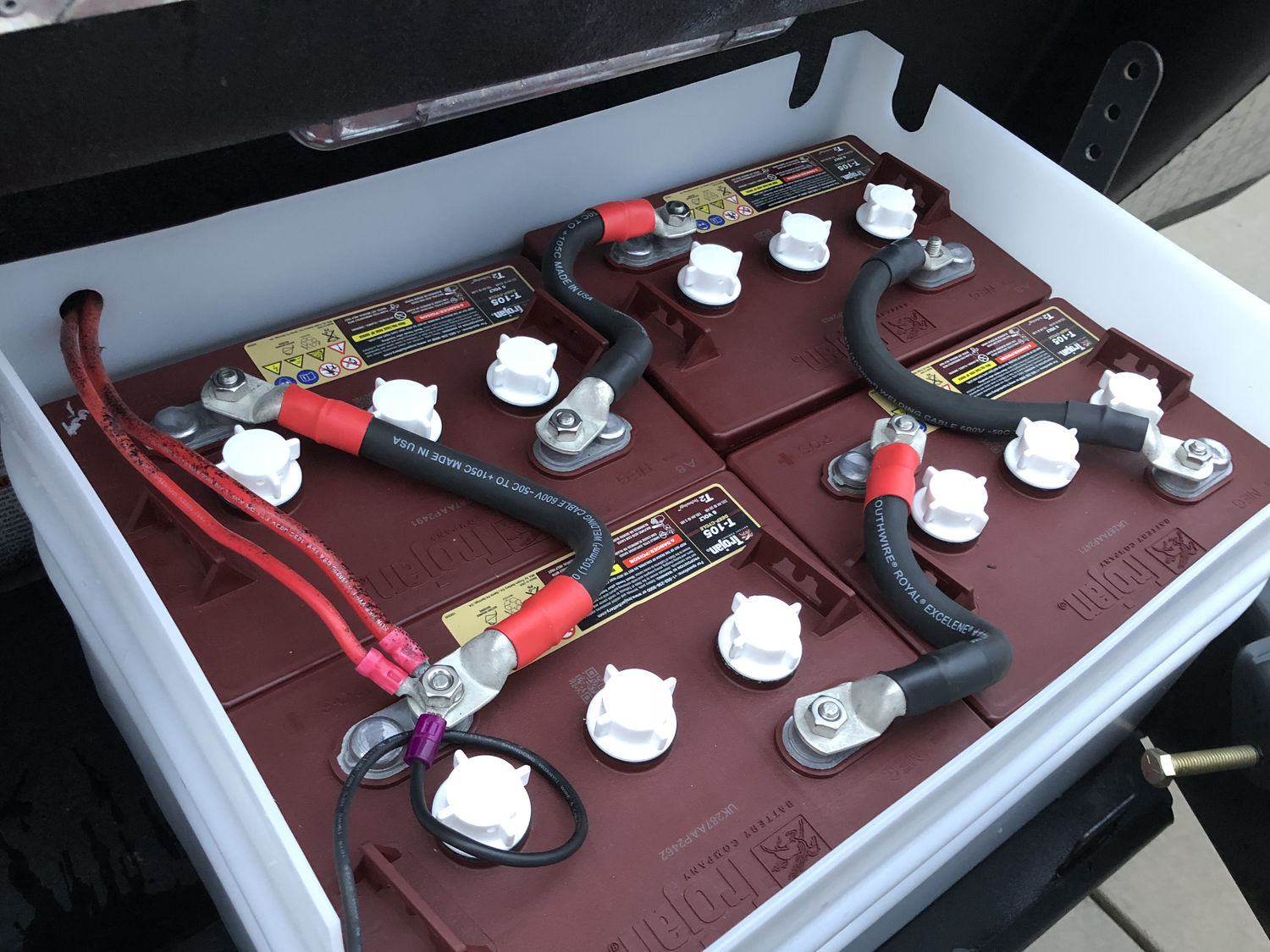Navigating the Lithium Battery Market: A User's Guide
In the current technology-driven world, chargeable lithium batteries have become a cornerstone of mobile energy solutions. With their applications spanning from smartphones and laptops to electric vehicles and renewable energy systems, understanding the different types of lithium batteries is important for users who rely on these power sources. Navigating the multitude of options available can seem daunting, but armed with the right knowledge, consumers can make informed choices that fit their specific needs.
Lithium ion batteries are at the cutting edge of this landscape, renowned for their high energy density, lightweight design, and long lifespan. However, they are not all the same. Various chemistries and constructions are available, with each tailored for particular applications and performance needs. In this guide, we will examine the main types of rechargeable lithium batteries, shedding light on their characteristics, advantages, and ideal uses, allowing you to with assurance select the right battery for your devices and projects.
Grasping Li-Ion Innovations
Lithium Ion power sources have changed the manner we power our appliances. These renewable batteries are popular in electronic devices, EVs, and sustainable energy storage due to their excellent energy density and lightweight design. The engineering behind lithium-ion batteries enables them to hold and release energy optimally, making them ideal for applications where area and weight are vital factors.
At the heart, Li-ion batteries consist of a positive electrode, a cathode electrode, and an ionic conductor. The anode is usually made from lithium cobalt oxide or lithium iron phosphate, while the negative electrode is typically composed of graphitic material. During charging, lithium ions move from the anode through the ionic conductor to the negative electrode, and during power output, they move back, releasing energy in the process. lithium ion battery 200ah of ions is what allows the battery to deliver energy to gadgets.
One of the main benefits of lithium-ion technology is its ability to provide a substantial amount of energy with a relatively low self-discharge. This means that Li-ion batteries can hold their power for an extended period when unused, making them especially practical for on-the-go applications. Moreover, advancements in BMS have improved security and efficiency, addressing issues like thermal runaway and prolonging the overall duration of the cell.
Safety and Care Advice
When managing lithium ion batteries, it is essential to make sure they are maintained in a protected environment. Avoid subjecting the batteries to extreme temperatures, as both elevated heat and subzero conditions can noticeably affect functionality and durability. Always store them in a chill, dry place and not exposed to direct sunlight. If you see any indications of physical damage, such as swelling or leakage, do not operate the battery and get rid of it properly local regulations.
Regular maintenance can prolong the duration of your lithium batteries. It is best to recharge them only with the suggested charger to prevent excess charging or drawing excessive power. Keep the battery terminals clean to ensure a good connection. Also, do not let the battery completely discharge frequently, as this can lead to reduced capacity over time. Ideally, top off the battery when it falls to about 20 percent capacity.
Monitoring the health of your lithium ion battery is crucial. Observe the charging cycle and pay attention to if it markedly deviates from previous performance. If your device looks to lose power more rapidly than usual or if the charging time lengthens considerably, it may be time to evaluate the battery's health. Routine checks will not only enhance safety but also assist you know when it’s time for a change.
Upcoming Developments in Li-ion Battery Technology

As the requirement for sustainable energy solutions continues to rise, the Li-ion battery sector is poised for major innovations. One key development is the ongoing research into solid state batteries, which promise improved safety and energy density relative to traditional lithium-ion batteries. By cutting out liquid electrolytes, solid-state technology aims to mitigate hazards associated with battery fires and improve longevity, making them an compelling option for electric transportation and portable electronics.
Another notable development is the exploration of different materials to improve battery performance and sustainability. Researchers are investigating the use of sodium-ion batteries and other lithium substitutions to reduce reliance on lithium mining, which has ecological impacts. These attempts not only address the growing demand for energy storage but also confront ecological concerns, leading to a more ethical approach to battery production.
Moreover, improvements in battery management systems are enhancing the effectiveness and lifespan of lithium batteries. Advanced technology incorporated into batteries allows for improved monitoring and management of battery status, maximizing performance and reducing degradation over time. As these systems become more complex, users can look forward to longer-lasting batteries with enhanced charging speeds, ultimately altering the user experience in various applications from smartphones to electric vehicles.